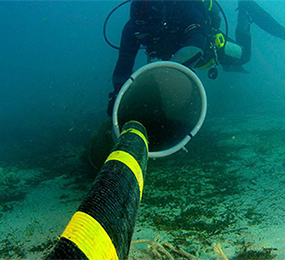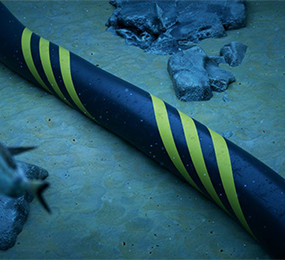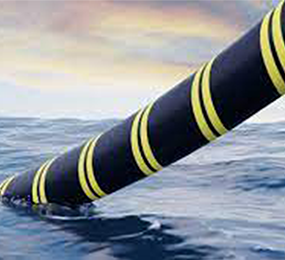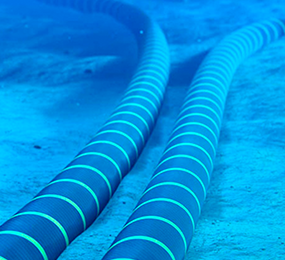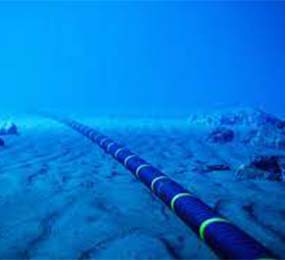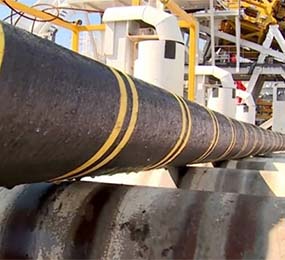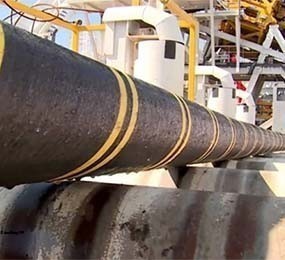Maximizing Submarine Power Cable Efficiency: Optimizing Transmission Capacities
In the realm of renewable energy, maximizing submarine power cable efficiency is crucial for effective offshore wind power transmission. As the demand for clean energy surges, optimizing the transmission capacities of these cables becomes imperative. Submarine power cables, connecting offshore wind farms to onshore grids, face unique challenges due to their underwater environment. Enhancing efficiency involves meticulous engineering, focusing on minimizing energy losses and maximizing power delivery.
One key approach is utilizing high-voltage direct current (HVDC) technology, which reduces transmission losses over long distances compared to alternating current (AC) systems. Additionally, employing advanced materials, such as cross-linked polyethylene (XLPE), enhances insulation and durability, mitigating the risk of failures and energy dissipation. Strategic cable routing, avoiding sharp bends and physical obstructions, further minimizes mechanical stresses and energy losses.
Innovations in thermal management also play a pivotal role. Effective heat dissipation techniques, such as dynamic thermal rating (DTR) systems, allow cables to operate at optimal temperatures, preventing overheating and ensuring consistent performance. Moreover, regular maintenance and real-time monitoring systems detect potential issues early, enabling prompt interventions and reducing downtime.
Ultimately, optimizing submarine power cable transmission capacities ensures reliable, efficient, and sustainable energy transfer from offshore sources to meet the growing global energy demand.
Visit our website to know more: https://www.leadventgrp.com/events/4th-annual-submarine-power-cable-and-interconnection-forum/details
For more information and group participation, contact us: [email protected]
Leadvent Group - Industry Leading Events for Business Leaders!
www.leadventgrp.com| [email protected]


